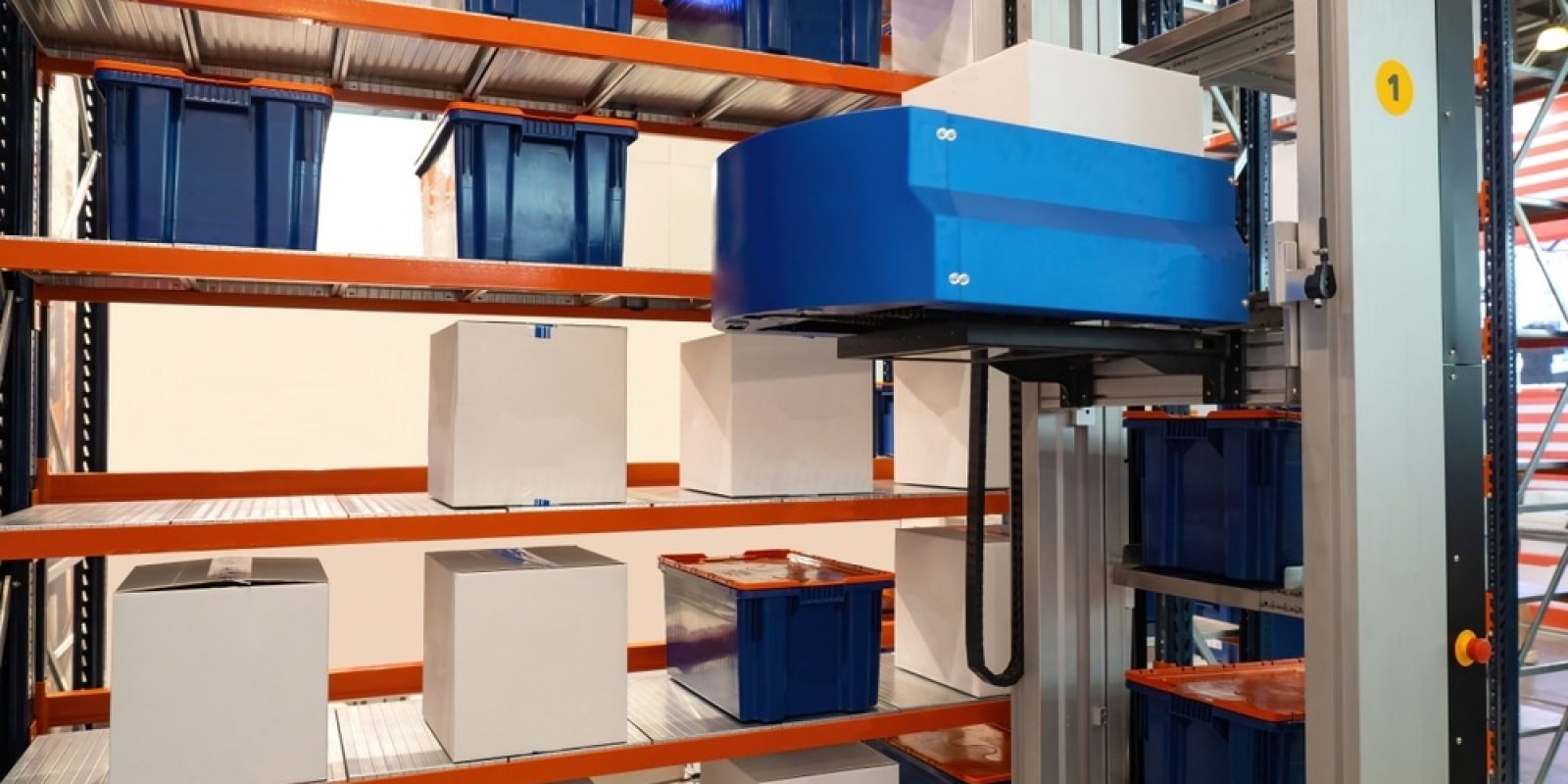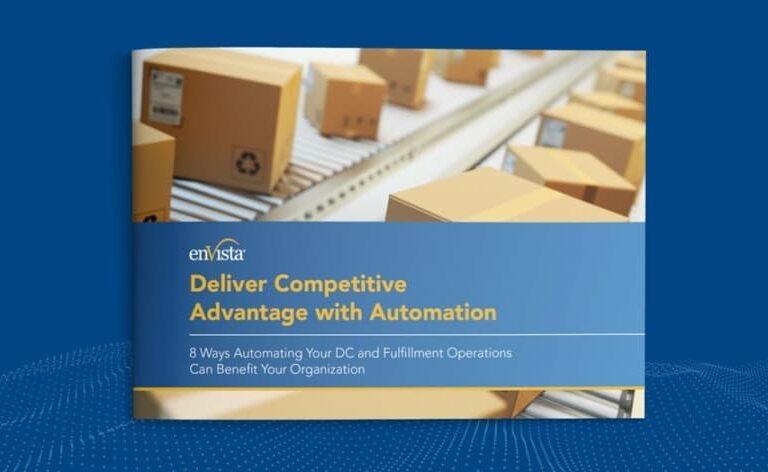While goods-to-person (GTP) systems should be considered as part of any warehouse automation initiatives and they save considerable heads by eliminating the largest single source of non-value-added activity in a warehouse, the true benefit is the significant capital investment such tools entail. With very few exceptions, GTP systems require seven-figure – sometimes eight-figure – investments. The notable exceptions would be the smaller and historically familiar point solutions using vertical lift modules or vertical carousels rather than the larger, more comprehensive solutions involving bot and grid (cubic) or shuttle-based (aisle) that have more recently become popular.
Just doing simple math at $50K burdened per picker, it takes 20 heads saved to cover the first million in a year. If your ROI target is three years, that means any investment over $3 million – or saving less than 20 people per year at $3 million invested – will appear unappealing. Since picker headcount can normally be reduced by half to one-third of non-automated levels, working backward means that to save 20 people, you need at least 30 or 40 people picking units, not cases, in your current state – preferably across multiple shifts. Of course, this ignores the secondary effect on replenishment labor savings, but it gets to the point more simply; labor savings normally are insufficient to justify significant GTP investments.
Why Do GTP Systems Continue to Grow in Popularity?
So, what accounts for the persistent popularity of these tools over the past decade or so? If they are not justifiable by labor savings, why do we see firms acquiring them? And why is there so much private equity funds swirling around the manufacturers of them? The answer is simple. These tools, both cubic- and aisle-based, provide considerably more dense storage for the forward pick functions in their respective facilities. If the monetary value from that space savings can legitimately be included in the business case analysis, we see the ROIs drop under five and most under four years consistently. How do we identify such savings? Look at needed expansion plans, off-site storage, etc. to find cost avoidance opportunities that can be folded back into the ROI calculations. In a greenfield, it’s considerably easier as we can build or lease less space and the savings from which goes straight to the GTP justification.
What Does This Mean For Potential Users of GTP Systems?
Proper assessment of the various tools is essential. Every manufacturer will insist theirs is the best fit of course, and they are all offering interesting alternatives. To ensure the most appropriate tool is identified for your application, an objective resource who has the experience and the analytical capabilities to evaluate these options is needed. Once the most appropriate is identified, then the potential investment can be analyzed to ensure the returns from that investment warrant the expense. enVista has the technological understanding, analytical capabilities and deep domain expertise to assist with these efforts to determine the best fit for your firm.






